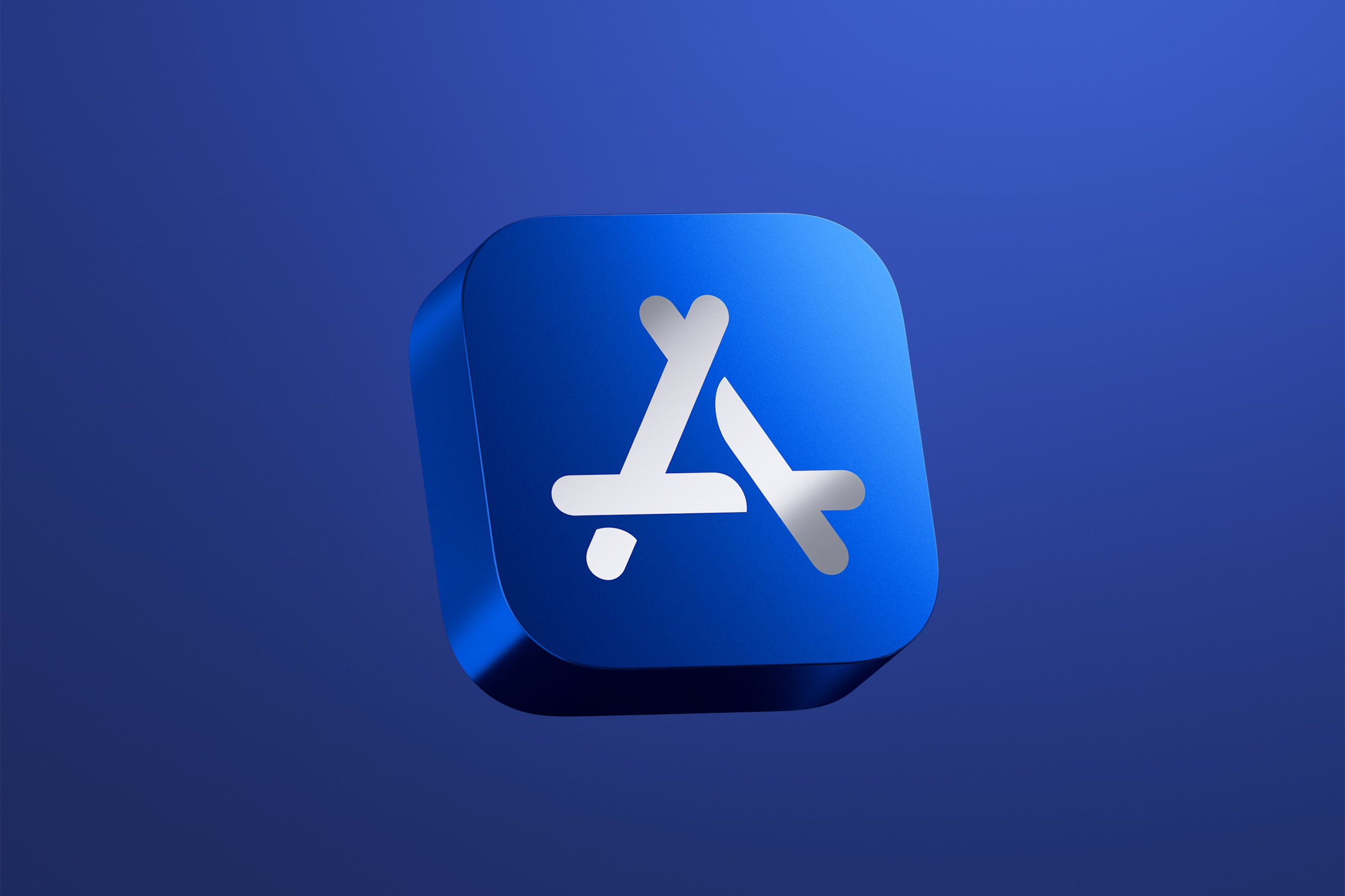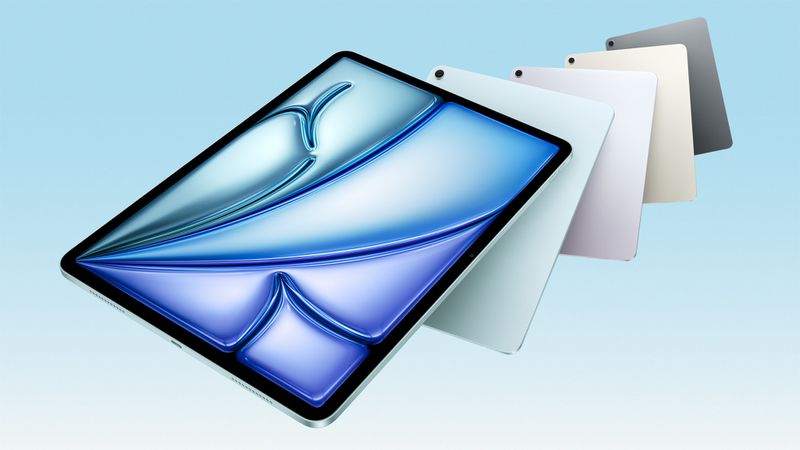Apple’s plan to bring a smart AI helper to the iPhone 16 and other gadgets is hitting rough patches. The Apple Intelligence features that are out now aren’t working great, and more upgrades keep getting postponed. Recently, Apple shared news of another delay for its “Smart Siri” and even took down the YouTube video that showed it off.
This isn’t new for Apple. A while back, I saw them pull the “Hello Apple Vision Pro” video, too. Back then, I wasn’t sure why, but this time, it’s obvious why the Smart Siri clip disappeared. Apple Intelligence has turned into a big headache for the company. Top leaders, like software boss Craig Federighi, are worried about how things are going.
With the coolest AI feature delayed again, it’s no shock they yanked the video. Keeping it online would’ve just stirred up more complaints, with people pointing to it and asking where the promised tech is. Plus, why hype something that’s nowhere near ready?
There might be another reason behind this move. Word is, some at Apple are talking about ditching the whole Apple Intelligence idea and starting over. If that happens, the new Siri could look different from what the video showed. It’d be silly to keep an old ad up for something that might never happen.
Smart Siri was meant to be a real buddy for Apple users. It’d organize your day, let you grab info from your phone fast, and help you remember what you like to do. It was also supposed to work with apps on the iPhone 16, allowing users to do tasks without lifting a finger. But with all these setbacks, folks who got the iPhone 16 won’t see what they were promised. Honestly, I wouldn’t be shocked if the Siri update drags on past the iPhone 17 launch. Whatever Apple chooses to do next, let’s hope they can keep their word and bring something awesome to the table.







